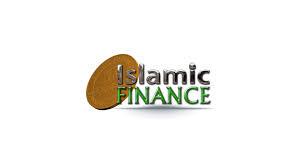Islamic Finance Set to Grow in North Africa

Islamic finance in the region remains underdeveloped but regulatory changes are now creating an “enabling environment for its growth”, said S&P.
“After tremendous global success over the past decade, with total assets estimated at about $1.4 trillion, Islamic finance could make inroads in North Africa," said the report. "Large current account deficits and declining conventional financing sources are prompting governments from Arab spring countries to consider opportunities offered by Islamic finance.”
S&P’s Rating Services said in the report, published on 18 February, that it has observed this development in North African countries where it rates banks – Egypt, Tunisia, and Morocco.
Both Tunisia and Egypt implemented new regulatory frameworks for sukuk issuance, or Islamic bonds, in late 2013. In January 2014, the Moroccan cabinet approved the legal terms organising the activities and the development of Islamic finance, which had been authorised by the country’s central bank in 2007. However, S&P said the bill has yet to be endorsed by Morocco’s parliament.
The report notes that “traditional financiers, such as bilateral financiers and multilateral development institutions”, have been very active in infrastructure financing in North Africa. S&P says their total commitments exceeded $4.9 billion in 2012.
However, the report says the “capacity of these institutions to satisfy the full demand for infrastructure financing is limited...we think that North African countries will need to attract additional financing sources.”
According to the report, several projects in renewable energy, transport infrastructure, and communication are ongoing or expected to be launched in the future in North African countries. Using sukuk to finance some of these projects “could help diversify investors' base and tap an additional pool of resources”.
Source: law.com



